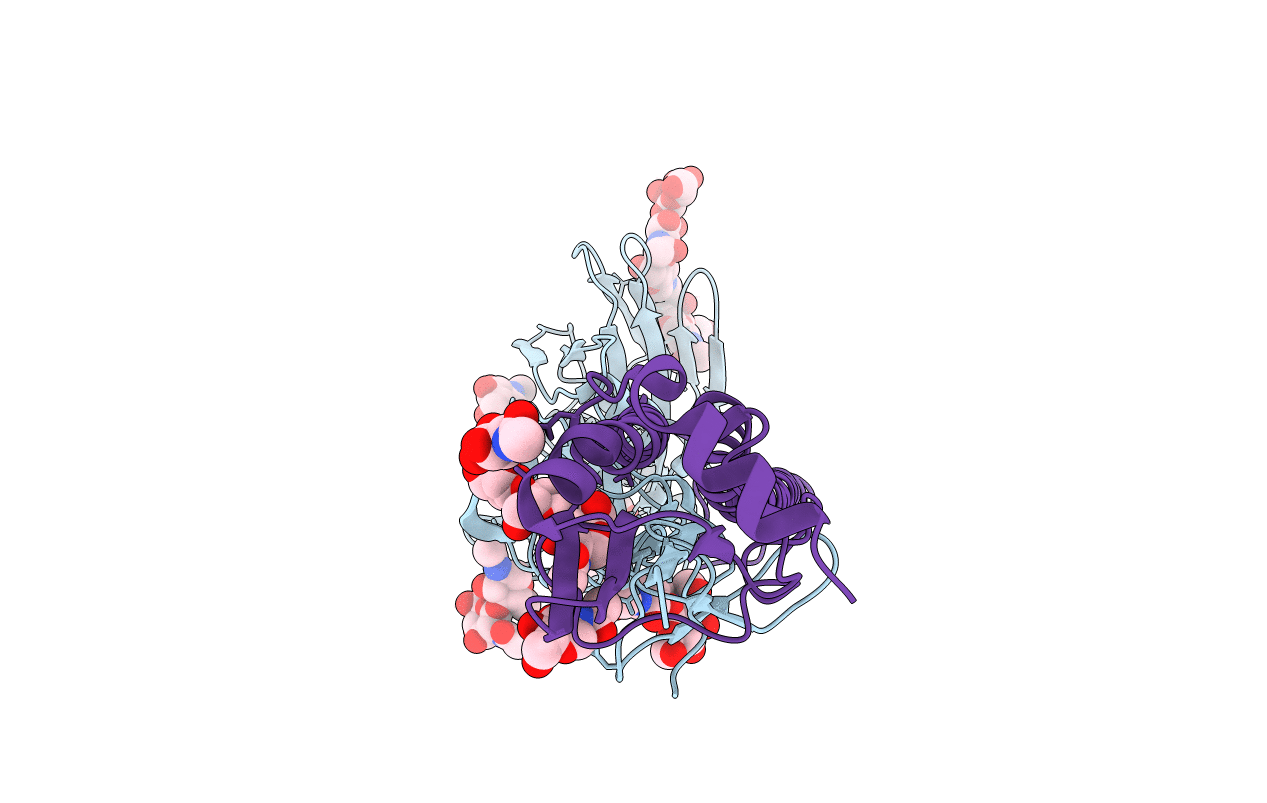
Deposition Date
2019-01-24
Release Date
2019-04-24
Last Version Date
2024-11-20
Entry Detail
PDB ID:
6NSB
Keywords:
Title:
Crystal structure of the IVR-165 (H3N2) influenza virus hemagglutinin in complex with 6'-SLNLN
Biological Source:
Source Organism:
Influenza A virus (Taxon ID: 1268360)
Host Organism:
Method Details:
Experimental Method:
Resolution:
1.75 Å
R-Value Free:
0.18
R-Value Work:
0.16
R-Value Observed:
0.16
Space Group:
H 3 2


